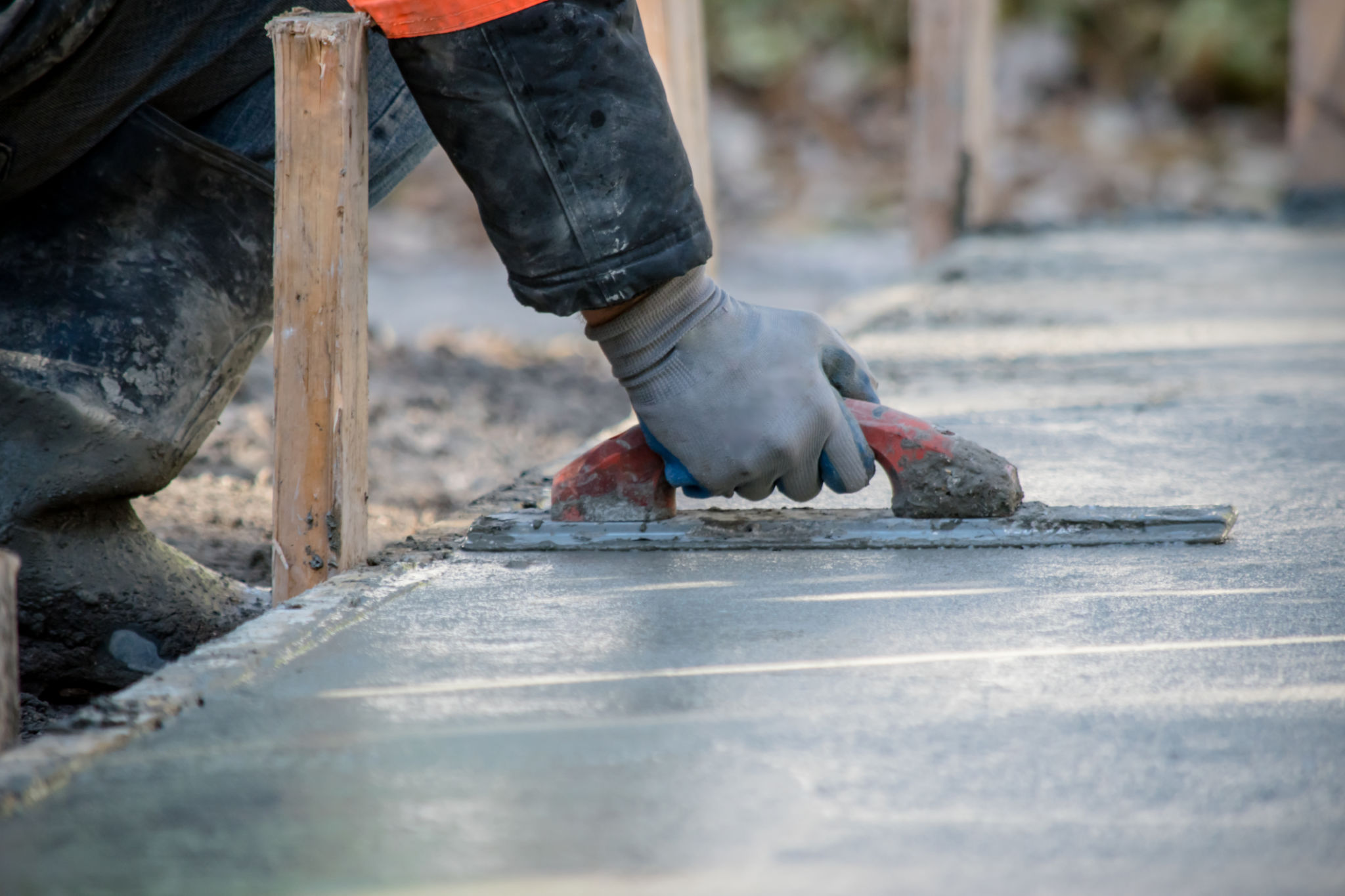10 Common Concrete Myths Debunked by Professionals
Understanding Concrete: Separating Fact from Fiction
Concrete is a widely used construction material, yet it's often misunderstood. Many myths about concrete persist, despite expert knowledge debunking them. Here, we explore some of the most common misconceptions and set the record straight.

Myth 1: Concrete and Cement Are the Same Thing
One of the most prevalent myths is that concrete and cement are interchangeable terms. In reality, cement is an ingredient of concrete. Concrete is a composite material made of cement, water, and aggregates like sand, gravel, or crushed stone.
Myth 2: Concrete Is Impervious to Water
While concrete is durable, it is not completely waterproof. Water can penetrate through its surface because concrete is porous. This is why contractors often use sealants to protect concrete surfaces from moisture damage.

Myth 3: Concrete Strengthens Forever
A common belief is that concrete continues to get stronger indefinitely. While concrete does gain strength over time, the rate of increase diminishes significantly after the initial curing period of about 28 days. After this period, the strength gains are minimal.
Myth 4: Cracks in Concrete Indicate Poor Quality
Cracks are a natural part of concrete's maturation process. They occur due to thermal expansion and contraction. Proper joint placement and reinforcement can manage cracking, but some degree of cracking is expected.

Dispelling More Myths about Concrete
Myth 5: Adding More Water Increases Workability
While adding water can make the mixture easier to work with, it significantly weakens the concrete's final strength. Experts recommend using plasticizers to improve workability without compromising strength.
Myth 6: Concrete Is Maintenance-Free
Concrete is known for its durability, but it still requires maintenance to prolong its life. Regular cleaning and sealing can protect it from stains and environmental damage, ensuring longevity.
Myth 7: All Concrete Is the Same
Concrete can be customized for different applications by adjusting its mix design. Factors like strength, durability, and resistance to environmental conditions can be tailored to meet specific needs.

Myth 8: Concrete Is Not Eco-Friendly
Modern practices have made concrete production more sustainable. The use of recycled materials and innovations like permeable concrete contribute to reducing its environmental impact.
Myth 9: Concrete Cannot Withstand Severe Weather
With proper mix design and construction techniques, concrete can be highly resistant to extreme weather conditions. Additives can improve freeze-thaw resistance, making it suitable for various climates.
Myth 10: DIY Concrete Projects Are Easy
While small projects might seem manageable, achieving professional-quality results requires expertise. Mistakes in mixing or curing can lead to significant issues down the line, emphasizing the importance of hiring experienced professionals.
